© 2025 MJH Life Sciences™ , Patient Care Online – Primary Care News and Clinical Resources. All rights reserved.
COPD Insights: 8 Studies in Brief
Consequences of a late COPD diagnosis, a blood test to stratify mortality risk, and 6 other new studies offer insights into improving care for COPD patients.
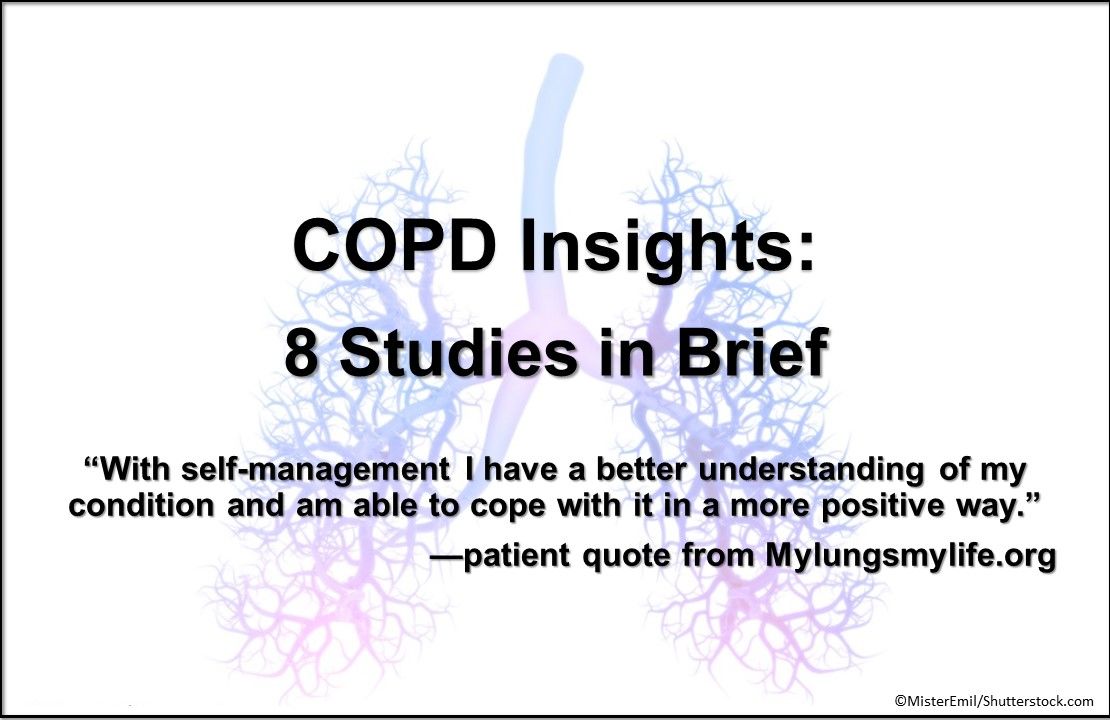
“With self-management I have a better understanding of my condition and am able to cope with it in a more positive way.”- patient quote from Mylungsmylife.org
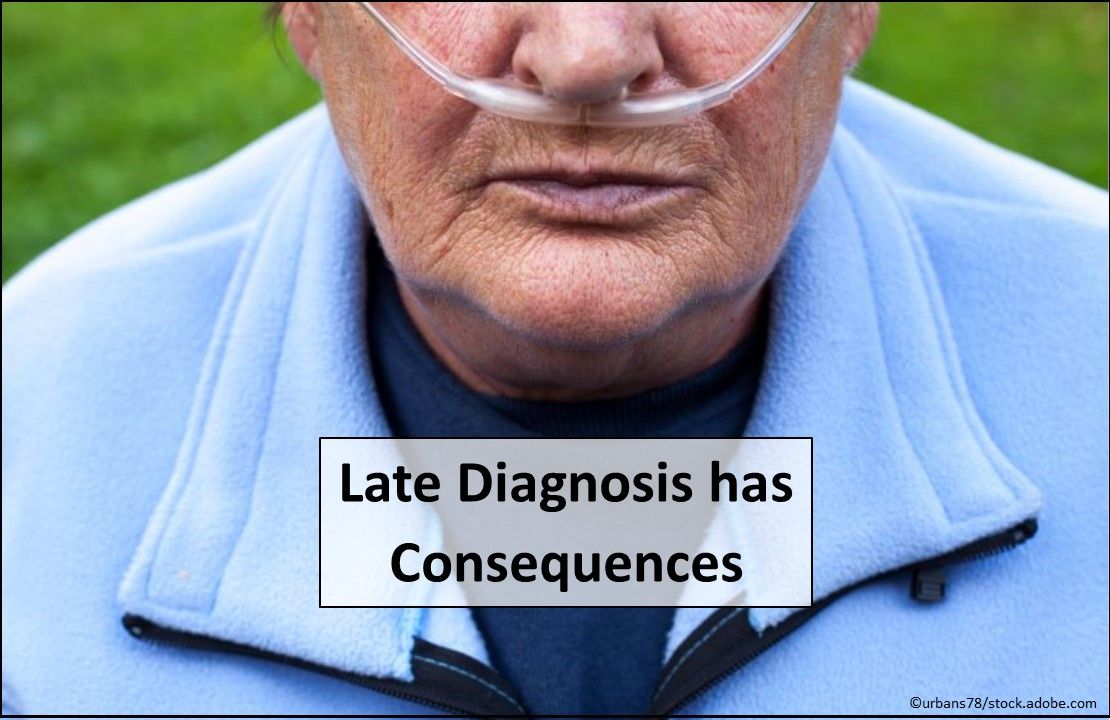
Late diagnosis has consequences. A recent study of Swedish primary care patients identified several clinical consequences of late COPD diagnosis. More patients with a late diagnosis (22%) had a recent comorbid diagnosis of asthma vs patients with an early diagnosis (3.9%). With late diagnosis, the exacerbation rate was higher and time to first exacerbation was shorter. Mortality was greater for late vs early diagnosis, after excluding patients with a past asthma diagnosis; late diagnosis also resulted in higher direct costs. Timely diagnosis of COPD in primary care can help reduce the incidence of disease exacerbation as well as the economic burden.

Women-not men-have more COPD exacerbations. Among patients in UK primary care clinics with a new diagnosis of COPD, women’s risk of first moderate or severe exacerbation was 17% greater vs men’s and the median time to first exacerbation was 504 days for women vs 637 days for men. These differences were greater among women who were younger; who were in GOLD 2016 groups B, C, and D; and had moderate-to-severe airflow obstruction. Women also had a higher annual rate of moderate or severe exacerbations at follow-up.
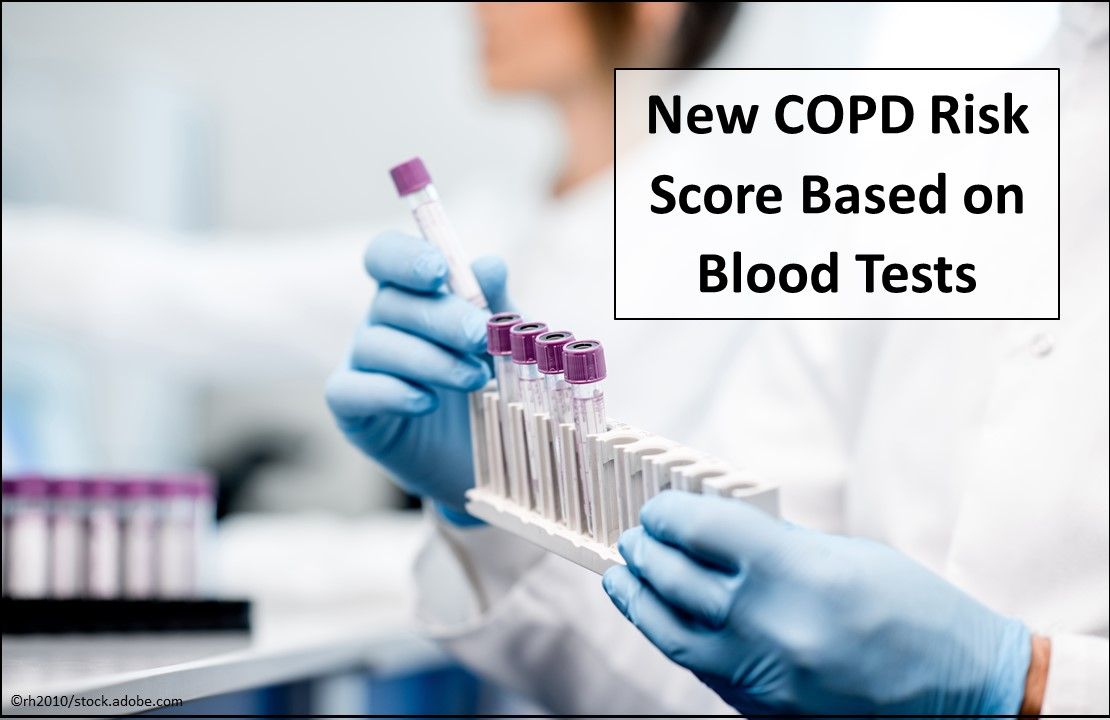
New COPD risk score based on blood tests. A new prediction model, the Laboratory-based Intermountain Validated Exacerbation (LIVE) score, examines all-cause mortality, comorbidity, and hospitalization rates for patients with COPD. The LIVE score is based on laboratory values obtained during standard care for hemoglobin, albumin, creatinine, chloride, and potassium and is used to identify patients who are at high risk for death or disease advancement and may need to be referred to palliative care. The score assesses rates of other diseases in patients with COPD rather than lung function specifically.
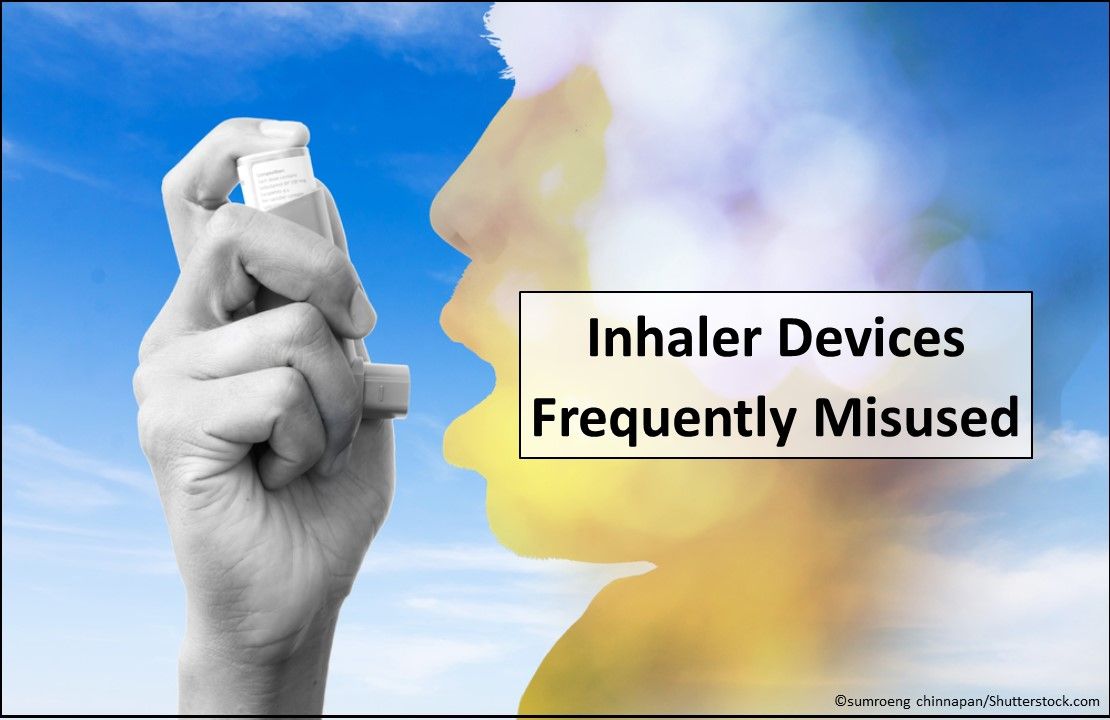
Inhaler devices frequently misused. In a study of inhalation technique in hospital outpatients with COPD, inhalation devices were often misused and failure of inhalation maneuver was the main cause. At least 1 step was performed incorrectly in 48.2% of patient demonstrations and critical errors were seen in ~30%. Misuse resulting from critical errors was seen in ~40% of patients and was positively related to female sex, age ≥65 years, lower education level, and lower socioeconomic status-not to patients’ clinical or functional characteristics.
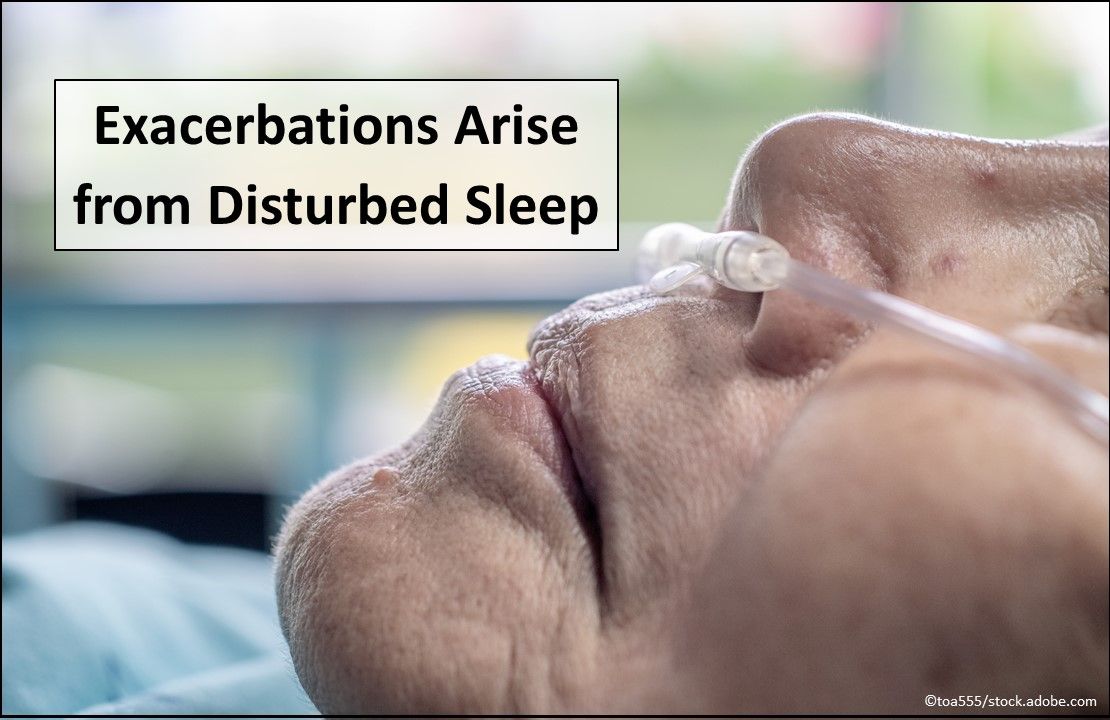
Exacerbations arise from disturbed sleep. Patients with COPD who had subsequent symptom-based exacerbations had higher median baseline Pittsburgh Sleep Quality Index (PSQI) scores vs those who did not and were more likely to have baseline PSQI score >5. Higher PSQI scores were linked with increased risk of symptom- and event-based exacerbations, mainly in patients with undiagnosed COPD; associations were strongest in patients with a Factor 3 score (sleep disturbances and daytime dysfunction). Time to symptom-based exacerbation was shorter in patients with poor sleep quality.
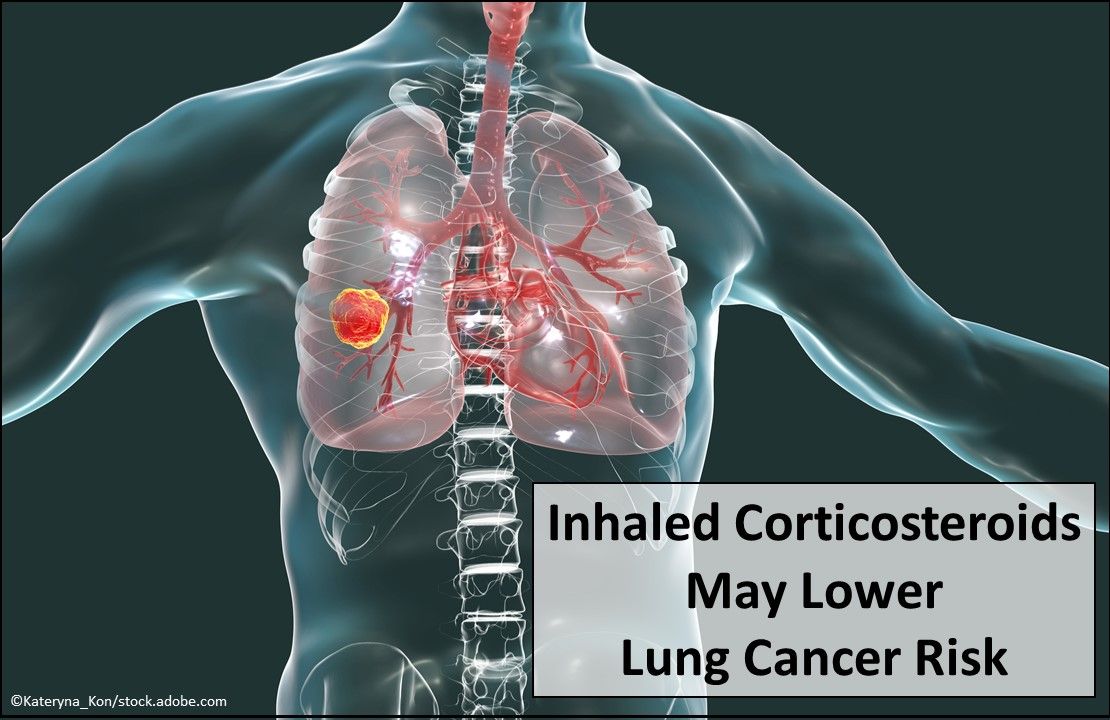
Inhaled corticosteroids may lower lung cancer risk. Canadian researchers conducted a population-based study to evaluate the association between use of inhaled corticosteroids (ICS) in patients with COPD and lung cancer risk. ICS exposure was associated with a decrease in risk of lung cancer diagnosis over all 5 time-dependent methods used to quantify exposure, with a 30% reduced risk in the reference-case analysis (time-dependent “ever” exposure).
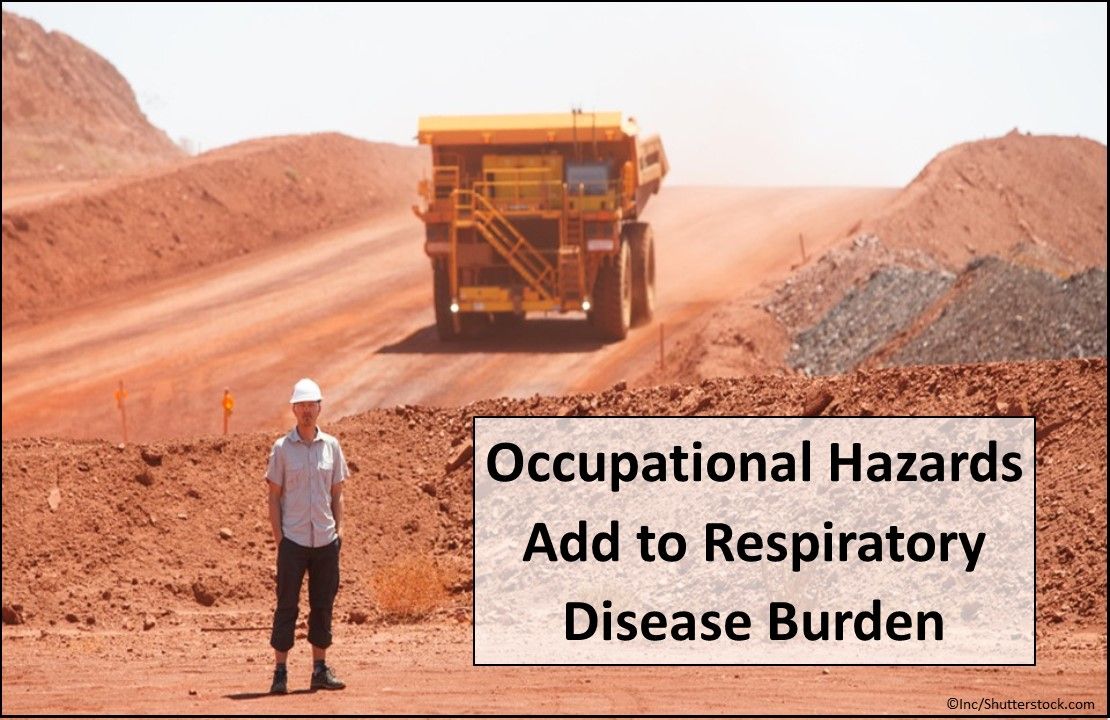
Occupational hazards add to respiratory disease burden. Workplace inhalation exposures (ie, vapors, gas, dust or fumes) contribute substantially to the burden of multiple chronic respiratory diseases in adults, an American Thoracic Society literature review found. The disease with the highest occupational population attributable fraction was idiopathic pulmonary fibrosis with 26%, followed by asthma (16%), COPD (14%), chronic bronchitis (13%), and community-acquired pneumonia (10%). The occupational burden of disease was also estimated for hypersensitivity pneumonitis, tuberculosis, and other respiratory conditions.

Giving patients the help they need to cope.Investigators interviewed patients with mild-to-severe COPD to characterize the negative impact of the disease on physical and psychosocial wellbeing, familial relationships, and social life. They identified 14 self-reported patient needs (eg, coping with dyspnea, feelings of suffocation, smoking addiction) and 8 clusters of needs-driven strategies for coping with self-management (eg, maintaining hope, thinking differently, seeking COPD knowledge). The results highlight the need for building self-management education into routine care for patients with COPD.
The consequences of a late COPD diagnosis; gender differences in COPD exacerbations; a blood test to stratify mortality risk in COPD-results of new studies on these and 5 other topics offer important insights into improved care for COPD patients in primary care. Scroll through the slideshow below for concise summaries of key points.



